Home>diy>Building & Construction>How To Value Apartment Building
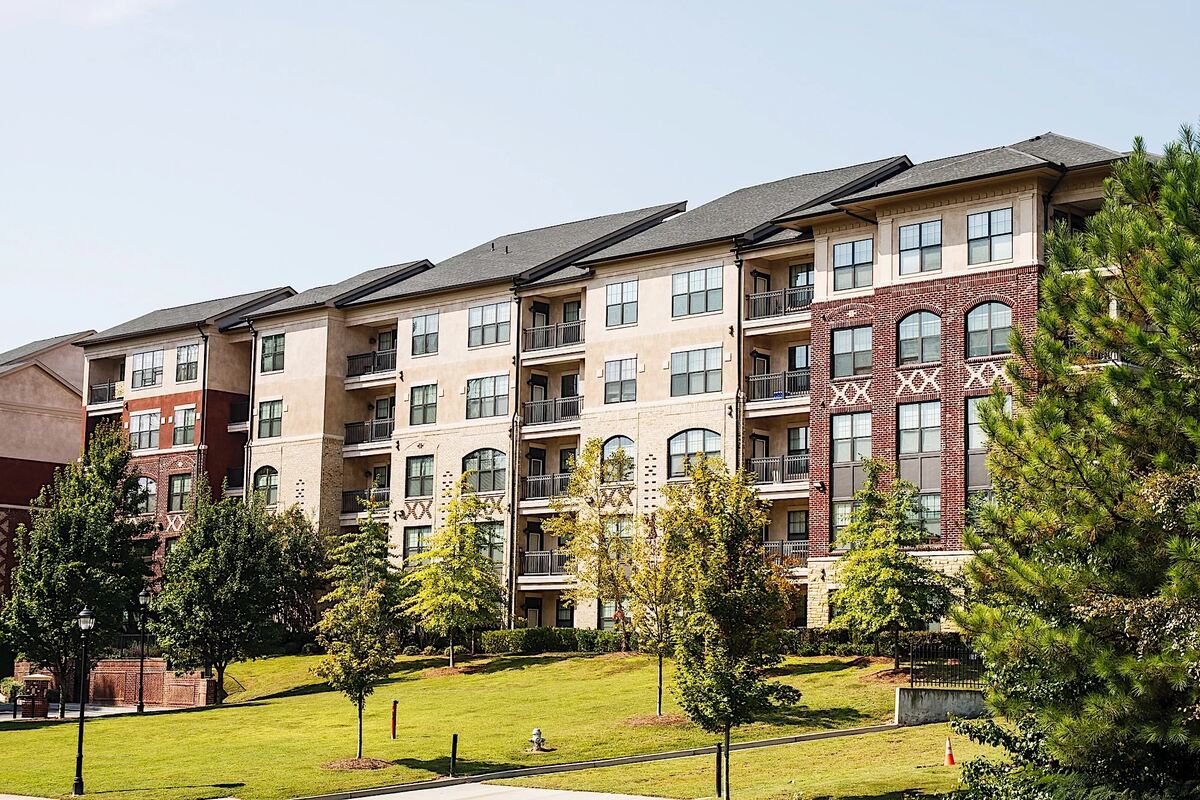

Building & Construction
How To Value Apartment Building
Modified: January 6, 2024
Learn the complete process and steps to accurately value apartment buildings in the building construction industry. Master the art of property valuation for better investment decisions.
(Many of the links in this article redirect to a specific reviewed product. Your purchase of these products through affiliate links helps to generate commission for Storables.com, at no extra cost. Learn more)
Introduction
Valuing an apartment building is a crucial step in the real estate investment process as it allows potential buyers or sellers to determine a fair market price. The value of an apartment building is influenced by a multitude of factors, including location, condition, rental income, expenses, and market trends. By understanding these factors and employing various valuation methods, you can accurately determine the value of an apartment building.
In this article, we will explore the essential steps to value an apartment building. From analyzing the market and evaluating the location to assessing building condition and calculating expenses, we will guide you through the process of determining the value of an apartment building.
Understanding the market is the first step in valuing an apartment building. Real estate markets can be dynamic and can experience fluctuations in demand and supply. Before diving into valuations, it is crucial to research and analyze local market trends, including the vacancy rates, rental rates, and sales transactions. This information will provide insights into the overall health of the market and help you make informed decisions.
The next crucial step is evaluating the location and neighborhood of the apartment building. The location plays a significant role in determining the desirability and potential value of the property. Factors to consider include proximity to amenities such as schools, hospitals, shopping centers, and public transportation. The quality of the neighborhood, crime rates, and accessibility to major thoroughfares also contribute to the property’s value.
Assessing the building’s condition is essential in determining its value. A thorough inspection of the structure, including the foundation, roof, plumbing, electrical systems, and overall maintenance, is necessary. Any significant repairs or maintenance issues can affect the value of the property, requiring adjustments in the valuation process.
Analyzing the rental income is a crucial aspect of valuing an apartment building. The rental income should be evaluated by considering the current rental rates, occupancy rates, and potential rental growth. Additionally, the stability and reliability of the current tenants are essential factors to consider. Rental income plays a significant role in the cash flow and return on investment calculations.
Calculating expenses is equally important when determining the value of an apartment building. Expenses include property taxes, insurance, maintenance, utilities, and management fees. Accurate estimations of these expenses are necessary to calculate the net operating income (NOI) of the property, which is a key factor in determining its value.
Estimating the capitalization rate (cap rate) and cash flow is also crucial in valuing an apartment building. The cap rate is calculated by dividing the NOI by the property’s current market value. It helps determine the potential return on investment. Cash flow, on the other hand, indicates the income generated after deducting expenses and debt service. Both these factors play a significant role in determining the value of the property.
Stay tuned for the next section, where we will explore the importance of reviewing comparable sales in valuing an apartment building.
Key Takeaways:
- Valuing an apartment building involves understanding the market, evaluating location and building condition, analyzing rental income and expenses, and considering future growth. It’s a complex process that requires a comprehensive and thorough approach.
- Finalizing the value of an apartment building involves reviewing gathered information, considering expert opinions, and documenting findings in a comprehensive report. It’s both an art and a science, requiring a deep understanding of the local market and rigorous analysis of data.
Understanding the Market
When it comes to valuing an apartment building, understanding the market is essential. Real estate markets can be dynamic, and factors such as supply and demand, economic conditions, and local trends can greatly influence the value of a property.
One of the first steps in understanding the market is to research the local area where the apartment building is located. Look for information on recent sales transactions, rental rates, and vacancy rates. This data can provide valuable insights into the health and activity of the market.
Vacancy rates indicate the percentage of unoccupied units in the area. High vacancy rates may imply an oversupply of apartments, which can impact rental income and potential appreciation. On the other hand, low vacancy rates may indicate a high demand for rental properties, indicating a more favorable market for investors.
Rental rates are another factor to consider when understanding the market. Evaluate the average rental rates in the area and compare them to the rental income generated by the apartment building you are valuing. If the building’s rental income is significantly lower than the market rates, it may indicate an opportunity to increase rental income and potentially enhance the property’s value.
Additionally, it is important to analyze economic conditions and local trends. Factors such as job growth, population growth, and infrastructure development can greatly impact the demand for rental properties in a particular area. Areas with strong economic fundamentals and positive growth indicators are often more attractive to investors and can potentially experience higher property value appreciation.
Another aspect to consider is the local supply and demand dynamics. Evaluate the number of new apartment buildings being constructed in the area and compare it to the demand for rental properties. A large supply of new units can lead to increased competition and potentially impact the value of existing apartment buildings. Conversely, a limited supply of rental properties coupled with high demand can drive up rental rates and property values.
It is important to note that real estate markets can vary significantly from one location to another. Different neighborhoods within a city can have their own unique market conditions and trends. Therefore, it is crucial to zoom in and analyze the micro-market where the apartment building is situated to gain a clear understanding of its value.
By thoroughly researching and understanding the market, you can make more informed decisions when valuing an apartment building. This knowledge will help you assess the potential returns on investment and determine a fair market price for the property.
Stay tuned for the next section, where we will delve into the importance of evaluating the location and neighborhood when valuing an apartment building.
Evaluating Location and Neighborhood
When valuing an apartment building, one of the most critical factors to consider is the location and neighborhood. The location of a property can significantly impact its value, desirability, and potential for future growth.
Start by evaluating the proximity of the apartment building to key amenities, such as schools, hospitals, shopping centers, parks, and public transportation. Accessibility to these amenities is often highly sought after by tenants and can contribute to higher rental demand and property value.
Take into account the quality of the neighborhood. Factors such as low crime rates, well-maintained public spaces, and a sense of community can enhance the desirability and value of the property. Research local crime statistics and consider visiting the neighborhood during different times of the day to get a sense of the overall safety and livability of the area.
Consider the presence of nearby employment centers. Proximity to major job hubs, business districts, and universities can attract a steady demand for rental properties. Job growth in the area can also contribute to increased rental rates and property appreciation.
Assess the transportation infrastructure in the location. Access to major highways, public transportation options (such as bus and subway lines), and proximity to airports can make a property more attractive to potential tenants. A well-connected location allows for easier commuting and convenience, which can positively impact rental demand and property value.
Research future development plans in the area. Check for any upcoming infrastructure projects, commercial developments, or improvements in public amenities. These factors indicate potential growth and improvement in the neighborhood, which can positively affect property values over time.
Consider the overall market demand for properties in the specific location. Is the area experiencing a high demand for rental properties? Are there any unique features or characteristics that make the neighborhood desirable? Understanding the market demand in relation to the location can provide insights into the future potential of the property.
It’s important to note that evaluating the location and neighborhood of an apartment building is not limited to physical characteristics. The social and cultural environment of the area also plays a crucial role. Research the local culture, dining options, entertainment venues, and community events. A vibrant and desirable neighborhood can attract a higher caliber of tenants and contribute to the overall value and appeal of the property.
In summary, when valuing an apartment building, carefully evaluate the location and neighborhood. Consider the proximity to amenities, the quality and safety of the neighborhood, transportation infrastructure, future development plans, and overall market demand. By thoroughly assessing these factors, you can more accurately determine the value of an apartment building and make informed investment decisions.
Next, we will discuss the importance of assessing the condition of the building when valuing an apartment building.
Assessing Building Condition
When valuing an apartment building, it is crucial to assess the overall condition of the building. The condition of the building not only affects its market value but also impacts its potential future expenses and maintenance costs.
Start by conducting a thorough inspection of the building’s exterior. Look for any signs of wear and tear, such as cracks in the walls, deteriorating paint or siding, or damaged roofing. These issues can indicate potential maintenance or repair costs that may need to be factored into the valuation.
Inspect the building’s foundation for any signs of cracks, instability, or water damage. A strong and stable foundation is essential for the structural integrity of the building. Foundation issues can be costly to repair and may affect the overall value of the property.
Assess the condition of the plumbing and electrical systems. Look for any signs of leaks, faulty wiring, or outdated systems. Plumbing and electrical issues can lead to costly repairs or renovations and can impact the functionality and safety of the building.
Evaluate the overall maintenance and cleanliness of the common areas and individual units within the apartment building. Well-maintained and attractive common areas can enhance the overall appeal and marketability of the property. Take note of any necessary repairs or renovations that may be needed to improve the condition of the building.
Consider the age and condition of the building’s mechanical systems, such as the heating, ventilation, and air conditioning (HVAC) systems. Older or inefficient systems can increase operating costs and may need to be updated or replaced, which can impact the value of the property.
Depending on the age of the building, check for compliance with relevant building codes and regulations. Building code violations or non-compliance can lead to expensive fines or required renovations that will affect the value of the property. It is essential to ensure that the building is in compliance with local building codes and safety regulations.
When assessing the condition of the building, consider whether any significant capital expenditures are required in the near future. For example, if the roof has a limited remaining lifespan, it may need to be replaced in the coming years, which should be factored into the valuation.
Keep in mind that a well-maintained and structurally sound building will generally command a higher value in the market. Conversely, a building with numerous maintenance issues or a poor overall condition may be valued lower due to the potential expenses involved in bringing the property up to standard.
In summary, assessing the condition of the building is essential in determining the value of an apartment building. It involves inspecting the exterior, foundation, plumbing, electrical systems, common areas, and individual units to identify any necessary repairs, maintenance issues, or potential future expenses. By thoroughly evaluating the building’s condition, you can more accurately determine its market value and make informed investment decisions.
Next, we will discuss the process of analyzing rental income when valuing an apartment building.
Analyzing Rental Income
When valuing an apartment building, analyzing the rental income is a crucial step. The rental income generated by the property plays a significant role in determining its value and potential return on investment.
Start by gathering information on the current rental rates in the area. Research the average rents for similar units in the neighborhood and compare them to the rental rates of the units within the apartment building you are valuing. This assessment will give you a sense of how the property is performing in terms of rental income.
Consider the occupancy rate of the building. The higher the occupancy rate, the more stable the rental income and potential cash flow. A building with consistently high occupancy rates indicates a strong demand for rental units in the area. Conversely, a building with a high vacancy rate may indicate a need for further analysis to understand why units are not being rented and to assess potential income loss.
Examine the rental history of the building. Look at the historical rental income and occupancy rates over the past few years. This data will help identify any patterns in rental fluctuations, seasonal variations, or potential trends that may impact future rental income.
Consider the stability and reliability of the current tenants. Evaluate the length of their leases and the likelihood of renewals. Long-term, reliable tenants contribute to stable rental income and minimize turnover costs. Understanding the tenant profile and their payment history will provide insight into the stability of rental income for the property.
Assess the potential for rental growth. Determine if there is room to increase the rental rates for existing tenants or if there is potential to attract higher-paying tenants. Factors such as improvements to the property, upgrades to units, or amenity additions can result in higher rental income and potentially increase the value of the building.
Review the lease terms and conditions. Take note of any special provisions or restrictions that may impact the rental income. For example, long-term leases at below-market rates may limit the ability to increase rental income in the short term.
Consider any additional sources of income that the building may generate. These can include income from parking fees, laundry facilities, storage units, or vending machines. Understand the current income generated from these sources and evaluate the potential for future growth or expansion.
Analyzing the rental income involves not only looking at the current rental rates and occupancy rates but also considering the potential for growth and stability. By assessing all these factors, you can determine the current and potential future income that the property can generate, which is crucial in valuing an apartment building.
Next, we will discuss the process of calculating expenses when valuing an apartment building.
Read more: How To Sell My Apartment Building
Calculating Expenses
Calculating expenses is a crucial step in valuing an apartment building. Accurate estimation of expenses is essential in determining the net operating income (NOI) and overall value of the property. By understanding and analyzing the various expenses associated with owning and operating the building, you can make informed investment decisions.
Start by identifying the different types of expenses that you will encounter as an owner of an apartment building. These expenses typically include property taxes, insurance premiums, maintenance and repairs, utilities, management fees, and any other recurring costs associated with the property.
Property taxes constitute a significant expense for apartment buildings. Research the current property tax rates in the area and determine the assessed value of the property. Multiply the assessed value by the applicable tax rate to estimate the annual property tax expense.
Insurance premiums are another expense that should be considered. Obtain insurance quotes from different providers to determine the cost of insuring the property against potential risks such as fire, theft, liability, and natural disasters.
Maintenance and repair costs are ongoing expenses that need to be taken into account. Regular upkeep, repairs, and improvements are necessary to maintain the value and appeal of the building. Consider the age and condition of the building, as older buildings may require more frequent repairs and maintenance.
Utilities, including water, electricity, gas, and garbage disposal, are expenses that should be estimated. Review past utility bills, if available, to get an idea of the average monthly cost. Consider any energy-saving measures or upgrades that may reduce utility expenses in the long run.
Management fees are an expense to consider if you plan to hire a property management company to handle day-to-day operations, tenant screening, rent collection, and maintenance coordination. Research the average management fees in the area or negotiate a management fee with the property management company if you already have one in mind.
Other expenses to consider may include advertising costs for finding new tenants, legal fees for lease preparation or eviction proceedings, and any additional services or amenities provided to tenants that may incur costs.
It’s important to note that accurately estimating expenses requires a detailed review of property records, historical data, and future projections. Analyze past financial statements, budget reports, and maintenance records to gain insight into the property’s expense history.
Be thorough in your expense calculations, as underestimating expenses can lead to unrealistic financial projections and impact the property’s value. It’s always better to err on the side of caution and factor in contingencies when estimating expenses.
By accurately calculating expenses, you can determine the net operating income (NOI) of the property. The NOI is calculated by subtracting the total expenses from the total rental income. The NOI is a crucial figure in valuing an apartment building, as it provides a measure of the property’s income-generating potential.
Next, we will discuss the process of estimating cap rate and cash flow when valuing an apartment building.
When valuing an apartment building, consider factors such as location, condition of the property, rental income, expenses, and potential for future growth or development. Conducting a thorough market analysis and understanding the local rental market can also help in determining the property’s value.
Estimating Cap Rate and Cash Flow
Estimating the capitalization rate (cap rate) and cash flow is a critical step in valuing an apartment building. These metrics help determine the potential return on investment and provide valuable insights into the property’s financial performance.
The capitalization rate (cap rate) is a measure of the property’s anticipated rate of return based on its net operating income (NOI). To estimate the cap rate, divide the property’s NOI by its current market value. The cap rate reflects the investor’s expected return on investment and is influenced by various factors, including local market conditions, risk factors, and investor preferences.
A higher cap rate indicates a higher potential return but is often associated with a higher level of risk. Conversely, a lower cap rate suggests a lower return but may be indicative of a more stable investment. It is crucial to compare the estimated cap rate to market benchmarks and consider the specific characteristics of the property and location when assessing its value.
Cash flow is another key metric when valuing an apartment building. Cash flow represents the net income generated by the property after deducting operating expenses and debt service payments. Positive cash flow indicates that the rental income exceeds the expenses, resulting in a surplus of funds that can be used for various purposes, such as reinvestment or distribution to the owner.
To estimate cash flow, subtract the total annual expenses, including property taxes, insurance premiums, maintenance costs, utilities, management fees, and debt service payments, from the rental income. The resulting figure provides insight into the property’s profitability and ongoing financial viability.
Positive cash flow is generally considered desirable, as it allows for reinvestment, building reserves, and potential expansion. On the other hand, negative cash flow may indicate a need for further analysis or adjustments to expenses or rental income to achieve a financially sustainable investment.
It is important to consider the impact of debt financing on cash flow. If the property has a mortgage, account for the monthly principal and interest payments when estimating cash flow. This consideration allows you to evaluate the property’s ability to cover its debt obligations and generate a positive cash flow.
Both cap rate and cash flow are vital indicators when valuing an apartment building. They provide valuable insights into the property’s income potential, return on investment, and financial performance. Analyzing these metrics alongside other factors such as market conditions, property condition, and location will help you make a more informed decision and accurately determine the value of the apartment building.
Next, we will discuss the importance of reviewing comparable sales when valuing an apartment building.
Reviewing Comparable Sales
When valuing an apartment building, reviewing comparable sales is a crucial step that provides insights into the property’s market value. Comparable sales, also known as “comps,” are recent sales of similar properties in the same market or neighborhood. Analyzing these sales allows you to benchmark the value of the apartment building you are valuing against similar properties that have recently sold.
Start by identifying properties that are comparable to the apartment building in terms of size, location, age, number of units, and amenities. Look for properties that have sold in the recent past, preferably within the last six months to a year, to ensure they reflect current market conditions.
Consider the sales price of the comparable properties relative to their rental income and other financial metrics. Analyze the sales price per unit or per square foot of similar properties to determine how they compare to the apartment building you are valuing. This analysis provides a benchmark for the market value of the property.
Take into account any unique features or characteristics of the comparable properties that may impact their value. Consider amenities, property condition, proximity to amenities, and other factors that may contribute to differences in sales price. Adjust the value of the apartment building based on these differences to ensure a more accurate valuation.
Look beyond just the sales price and also consider the sales history of the comparable properties. Analyze the duration of time these properties were on the market before they were sold. Properties that sold quickly may indicate strong demand and higher market value, while properties that were on the market for an extended period may suggest lower demand or overpricing.
Consider the current market conditions and trends when reviewing comparable sales. Determine if the overall market is experiencing price appreciation or depreciation, as this can impact the value of the apartment building you are valuing. Market trends, such as increasing demand or declining supply, can also influence the property’s market value.
It’s important to note that while comparable sales provide a useful reference point, each property is unique, and adjustments must be made to account for differences in size, condition, and other factors. The valuation of the apartment building should take into consideration its specific characteristics and incorporate the insights gained from reviewing comparable sales.
Reviewing comparable sales allows you to assess the fair market value of the apartment building you are valuing by considering how similar properties have transacted in the market. It provides a data-driven approach to determining the property’s worth.
Next, we will discuss the importance of considering future growth and potential when valuing an apartment building.
Considering Future Growth and Potential
When valuing an apartment building, it is crucial to consider the future growth and potential of the property. Anticipating how the property and its surrounding area may develop over time can provide valuable insights into its long-term value and investment potential.
Start by researching and analyzing the local market trends and economic indicators. Look for factors such as population growth, job market stability, and overall economic growth in the area. These factors can indicate the potential for increased demand for rental properties and steady appreciation in property values. A thriving and growing local economy bodes well for the future potential of the apartment building.
Consider any planned or ongoing infrastructure projects in the area. Urban renewal initiatives, new transportation hubs, or infrastructure improvements can have a positive impact on property values. These projects can attract new residents or businesses to the area and enhance the desirability of the apartment building.
Research any rezoning plans or changes in local regulations that may affect the area. Understanding potential changes in zoning laws or development guidelines can provide insights into future growth and potential appreciation. For example, if the area is undergoing a shift towards mixed-use developments or increased residential density, it can positively impact property values.
Evaluate the potential for rental growth in the area. Consider factors such as projected population growth, job market conditions, and demand for rental properties. If there is a forecast for increased rental demand, it can suggest the potential for higher rental rates and increased cash flow for the apartment building.
Assess the property’s potential for value-add opportunities. Determine if there are any underutilized or potential areas for improvement within the building that can be renovated or repositioned to increase rental income and overall value. This could include upgrading units, enhancing common areas, or adding amenities that may attract higher-paying tenants.
Consider the overall market conditions and trends. Examine historical data and forecasts to identify any patterns or expected shifts in the apartment rental market. Evaluate factors such as supply and demand dynamics, rental rate trends, and occupancy rates. Understanding the market conditions can help you anticipate the property’s performance and potential future value.
It is important to exercise caution and balance when considering future growth and potential. While it’s beneficial to factor in long-term value appreciation and market trends, it’s also essential to be realistic and not solely rely on speculative projections. Conduct thorough research and consult with local experts to gain a clear understanding of the area’s growth prospects.
By considering future growth and potential, you can make informed investment decisions and determine the value of an apartment building with a comprehensive outlook.
Next, we will discuss the application of different valuation methods when determining the value of an apartment building.
Read more: How Tall Is An Average Apartment Building
Applying Different Valuation Methods
When determining the value of an apartment building, it is important to consider and apply different valuation methods to ensure a comprehensive and accurate assessment. By using multiple approaches, you can gain a broader perspective and increase the reliability of your valuation.
One commonly used valuation method is the income approach, which focuses on the income potential of the property. This method estimates the present value of the future expected cash flows generated by the apartment building. It involves calculating the net operating income (NOI) and applying a capitalization rate (cap rate) to determine the property’s value. The income approach is particularly valuable for income-generating properties like apartment buildings.
Another approach is the sales comparison method, which involves comparing the apartment building to similar properties that have recently sold in the same market. This method looks at the comparable sales and makes adjustments for differences in size, location, amenities, and other factors. The sales comparison method provides a direct market-based indication of the property’s value.
The cost approach is another valuation method that looks at the cost of replacing or reproducing the apartment building. It takes into account the value of the land and the cost of construction, adjusted for depreciation. The cost approach is particularly useful for new or recently built properties where the market value can be closely aligned with the construction costs.
Additionally, the discounted cash flow (DCF) method is often used in valuing apartment buildings. This method considers the time value of money and estimates the present value of the property’s future cash flows. The DCF method requires analyzing projected rental income, expenses, and potential growth rates to calculate the property’s net present value (NPV).
When applying these different valuation methods, it’s important to consider the specific characteristics and unique aspects of the apartment building being valued. Each valuation method has its strengths and limitations, and using multiple approaches helps account for any discrepancies or variations in the results.
Furthermore, it is crucial to rely on accurate and up-to-date data when applying these valuation methods. This includes current market rates, rental income, expenses, comparable sales data, and other relevant information necessary for the calculation and analysis. Staying informed about local market conditions and trends will aid in obtaining accurate data for the valuation process.
By applying different valuation methods, you can cross-reference the results to arrive at a more reliable and comprehensive value for the apartment building. This approach provides a more thorough analysis and offers a clearer picture of the property’s market worth.
Next, we will discuss the finalization process in determining the value of an apartment building.
Finalizing the Value
After going through the process of analyzing market data, evaluating the location and building condition, assessing rental income and expenses, considering future growth, and applying different valuation methods, the next step is to finalize the value of the apartment building.
At this stage, it’s essential to review all the gathered information and valuation results from the different methods used. Compare and contrast the outcomes to identify any discrepancies or outliers. Look for patterns and consistent trends across the various valuation approaches to gain a comprehensive understanding of the property’s value.
Consider the strengths and limitations of each valuation method applied. Is there any method that seems to provide a more accurate estimation based on the property’s specific characteristics and market conditions? Take into account any adjustments made for differences in size, condition, location, and amenities when comparing the property to comparable sales.
Analyze the factors that significantly influence the property value, such as rental income, expenses, market conditions, and growth potential. Give proper weightage to each factor based on their importance in the local market and the unique attributes of the apartment building.
Engage with local experts, such as appraisers, real estate agents, or other professionals familiar with the specific market, to gain additional insights and validate your valuation. Their expertise can provide valuable guidance and ensure the accuracy and credibility of the final value determination.
Consider market trends and economic indicators that may impact the property’s value in the future. Evaluate the potential for appreciation or depreciation based on the projected growth of the area, changes in demand, and any planned developments or infrastructure projects.
Keep in mind that determining the value of an apartment building is not an exact science, and there may be a range of values rather than a single precise figure. It’s important to understand that the actual value of a property can fluctuate based on market conditions, investor sentiment, and other external factors.
Once you have thoroughly reviewed and assessed all the relevant information, and considered expert opinions and market factors, it is time to finalize the value of the apartment building. Use your analysis to arrive at a well-supported and defensible value for the property.
Document your findings and calculations in a comprehensive report. Include details of the valuation methods used, the key factors influencing the value, and any adjustments made based on the property’s unique characteristics and local market conditions. This report will serve as a reference and documentation for future reference or potential transactions related to the property.
In summary, finalizing the value of an apartment building requires a comprehensive review and analysis of all the data and valuation results. Consider the strengths and limitations of different methods, weigh the factors that influence the value, and seek expert advice if needed. By following this process, you can confidently determine the value of the apartment building.
Next, we will conclude our discussion on valuing apartment buildings.
Conclusion
Valuing an apartment building is a complex process that requires a thorough analysis of numerous factors and considerations. By understanding the market, evaluating the location and building condition, assessing rental income and expenses, considering future growth, applying different valuation methods, and finalizing the value, you can arrive at an accurate estimation of the property’s worth.
Understanding the market and local trends provides valuable insights into the demand and supply dynamics of the real estate market. Evaluating the location and neighborhood helps determine the desirability and potential value of the property. Assessing the building condition is crucial in identifying any maintenance or repair costs that may impact the property’s value.
Analyzing rental income and expenses allows for a comprehensive assessment of the property’s financial performance. Estimating the cap rate and cash flow helps determine the potential return on investment and income potential. Reviewing comparable sales provides a market-based benchmark for the property’s value.
Considering future growth and potential enables you to evaluate the long-term prospects of the apartment building. Applying different valuation methods, such as the income approach, sales comparison method, cost approach, and discounted cash flow method, helps provide a comprehensive analysis.
Finalizing the value involves reviewing the gathered information, weighing the results from different valuation methods, considering expert opinions, and making adjustments based on market conditions and property characteristics. Documenting the findings in a comprehensive report ensures transparency and provides a reference for future transactions.
Valuing an apartment building is both an art and a science. It requires a deep understanding of the local market, rigorous analysis of data, and consideration of various factors. By following a systematic and thorough approach, you can confidently determine the value of an apartment building and make informed investment decisions.
Remember, the value of an apartment building can fluctuate over time due to changing market conditions and external factors. Regularly reassessing the property’s value and staying updated on market trends is essential for informed decision-making.
By harnessing your knowledge of building construction and utilizing SEO optimization techniques, you can effectively communicate the intricacies of valuing an apartment building while engaging and providing value to your readers.
Thank you for reading our comprehensive guide to valuing apartment buildings. We hope it has provided valuable insights and guidance for your real estate investment journey.
Frequently Asked Questions about How To Value Apartment Building
Was this page helpful?
At Storables.com, we guarantee accurate and reliable information. Our content, validated by Expert Board Contributors, is crafted following stringent Editorial Policies. We're committed to providing you with well-researched, expert-backed insights for all your informational needs.

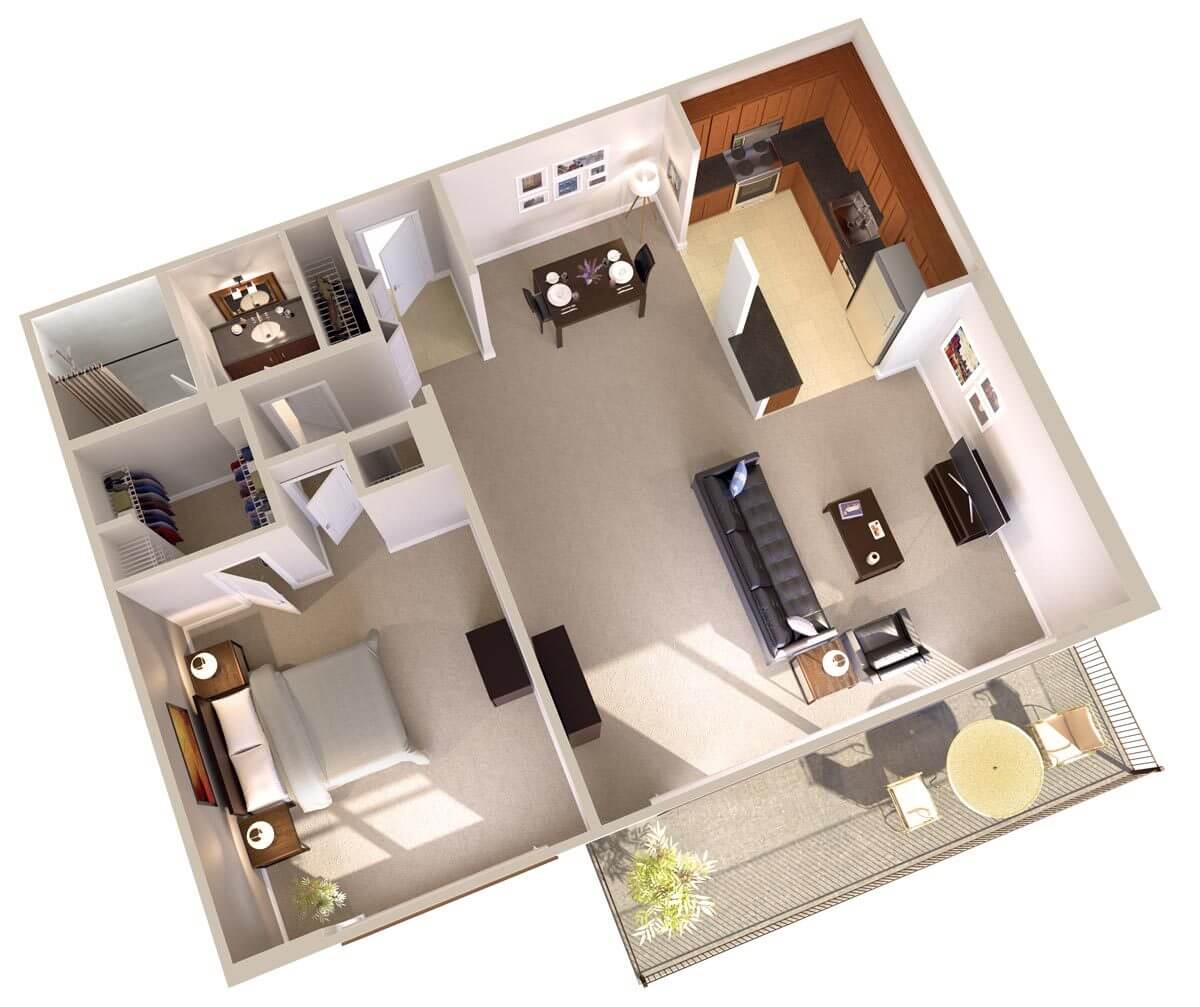
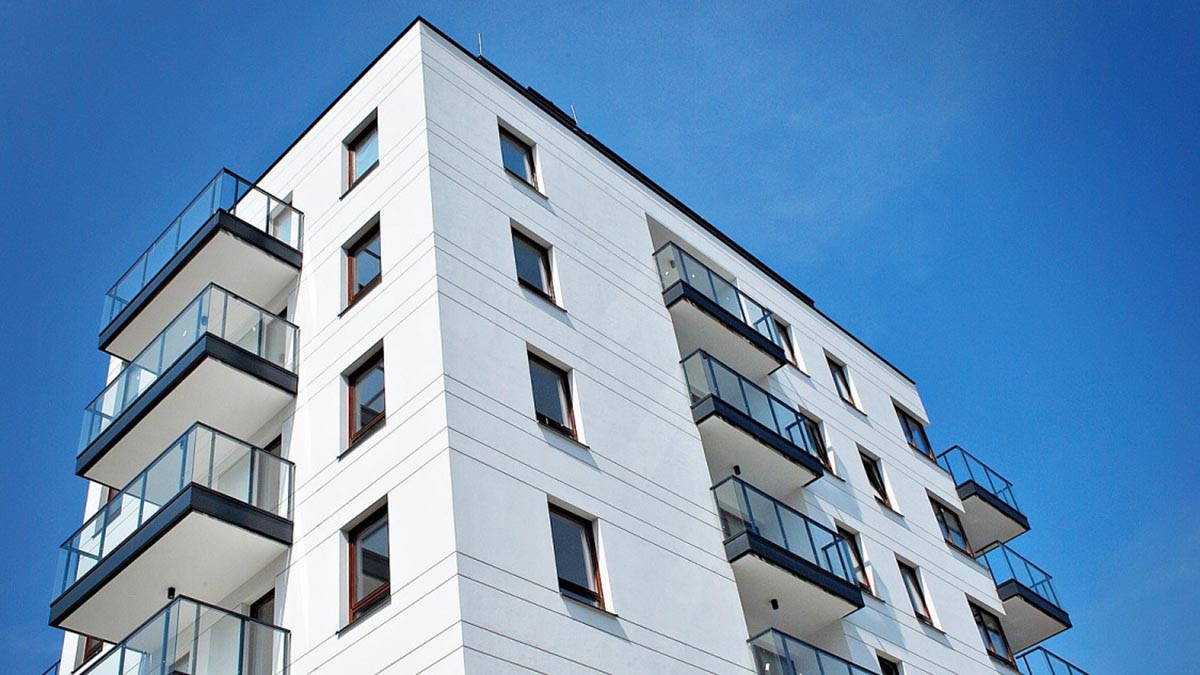
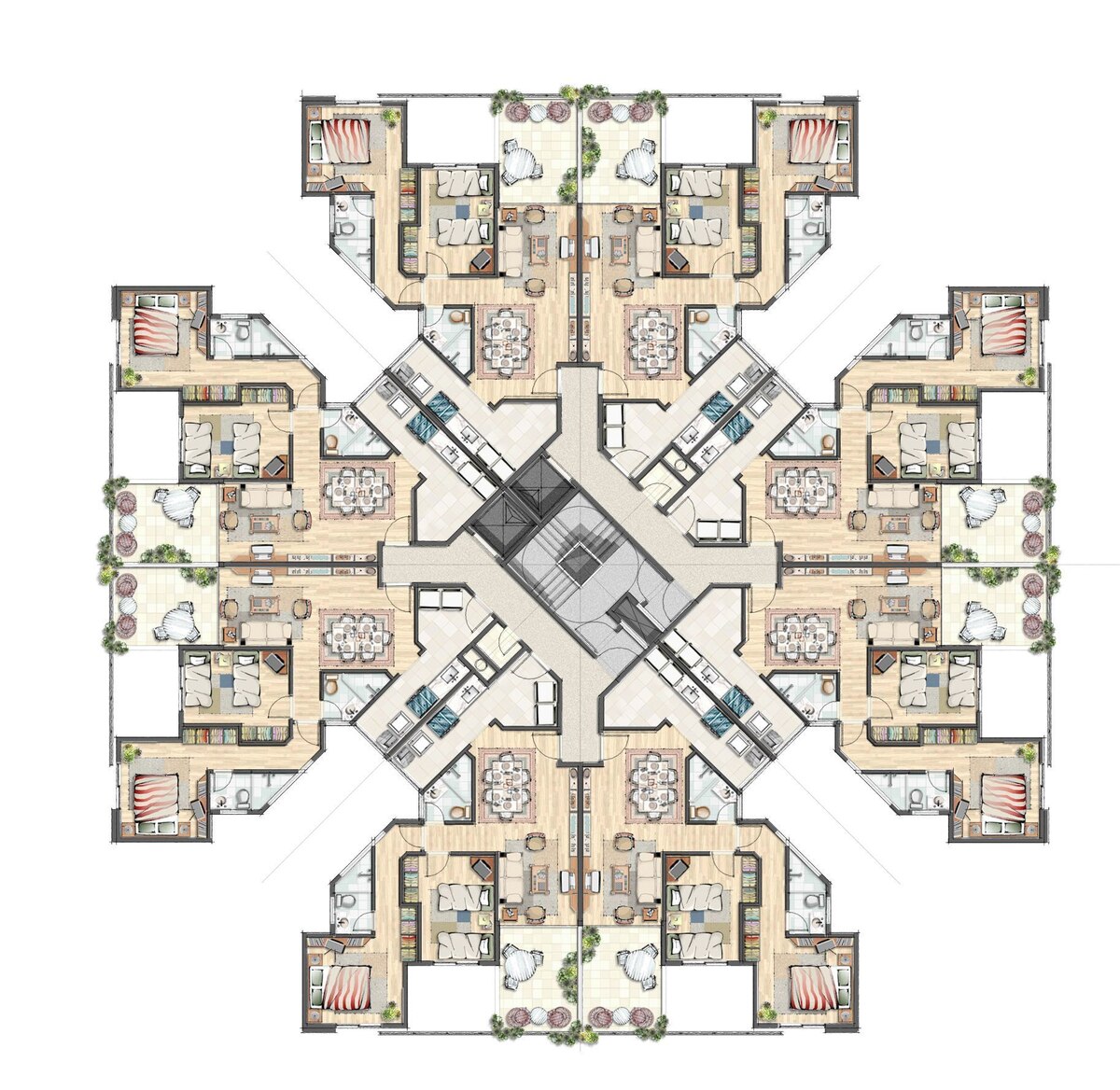
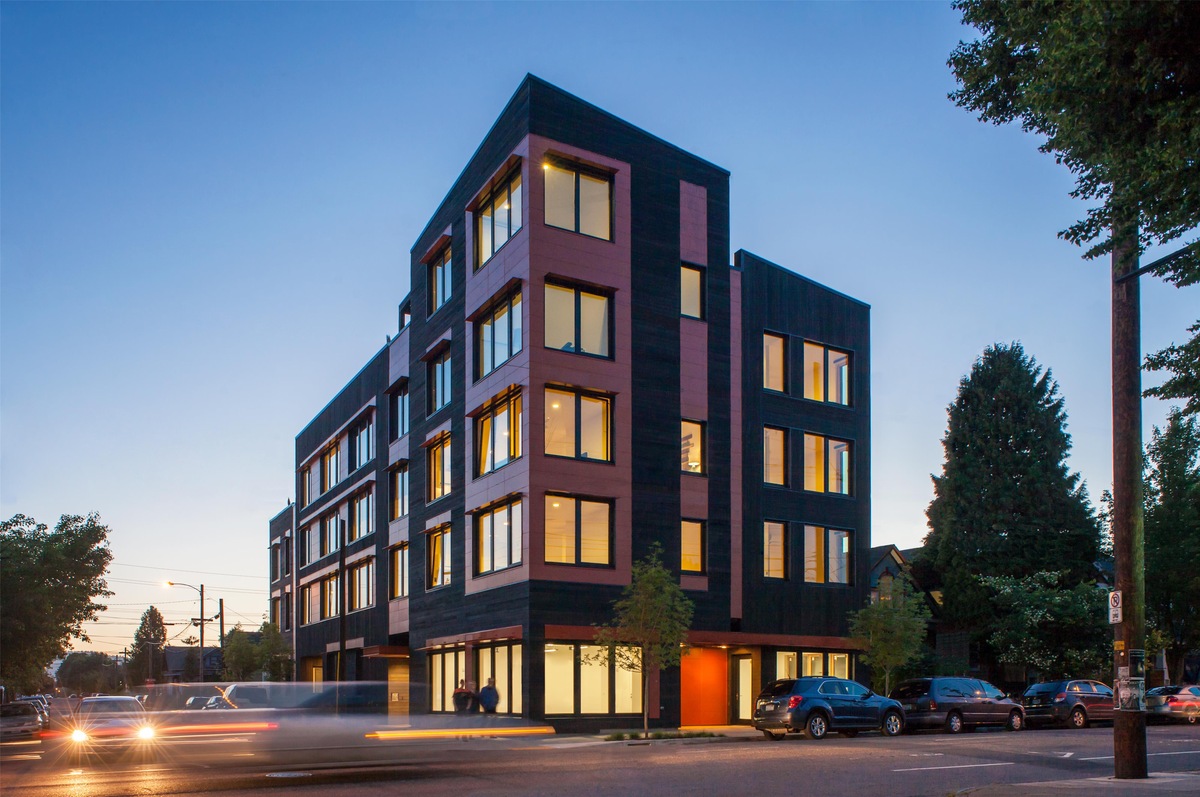
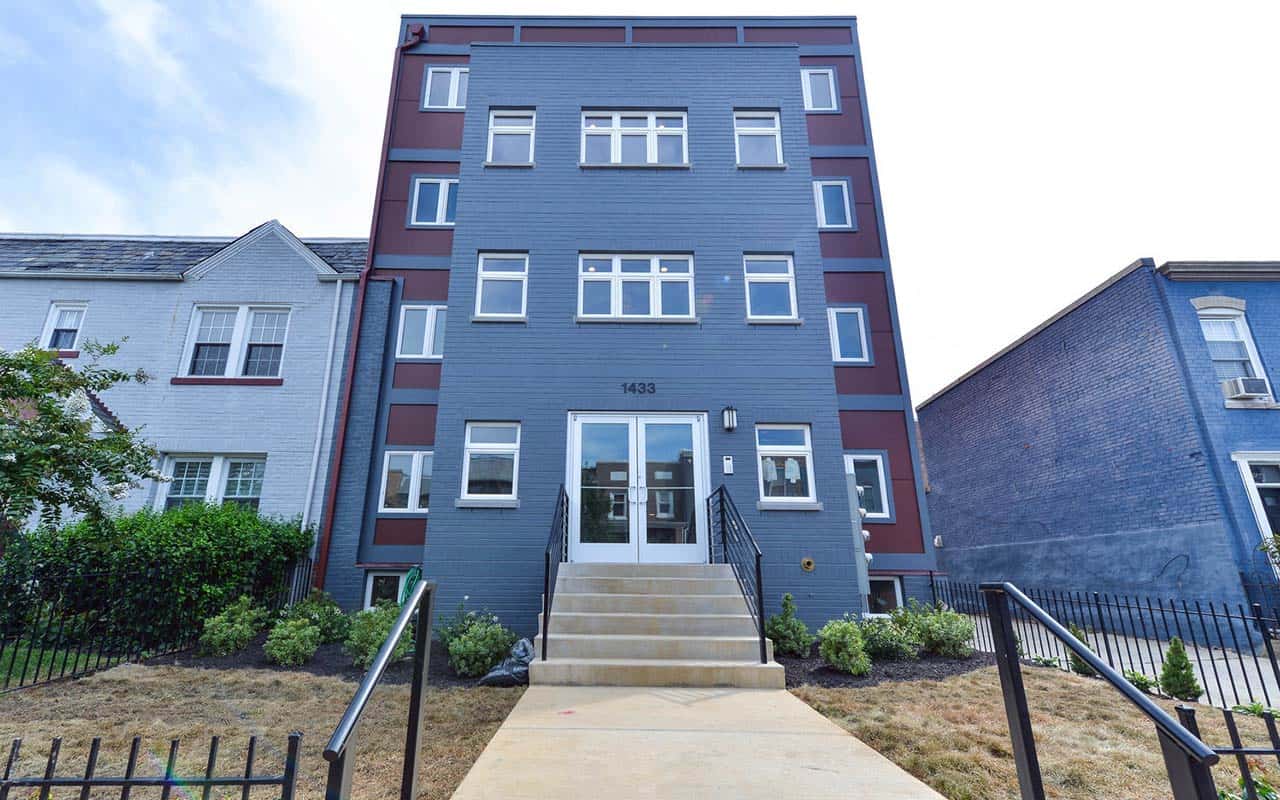
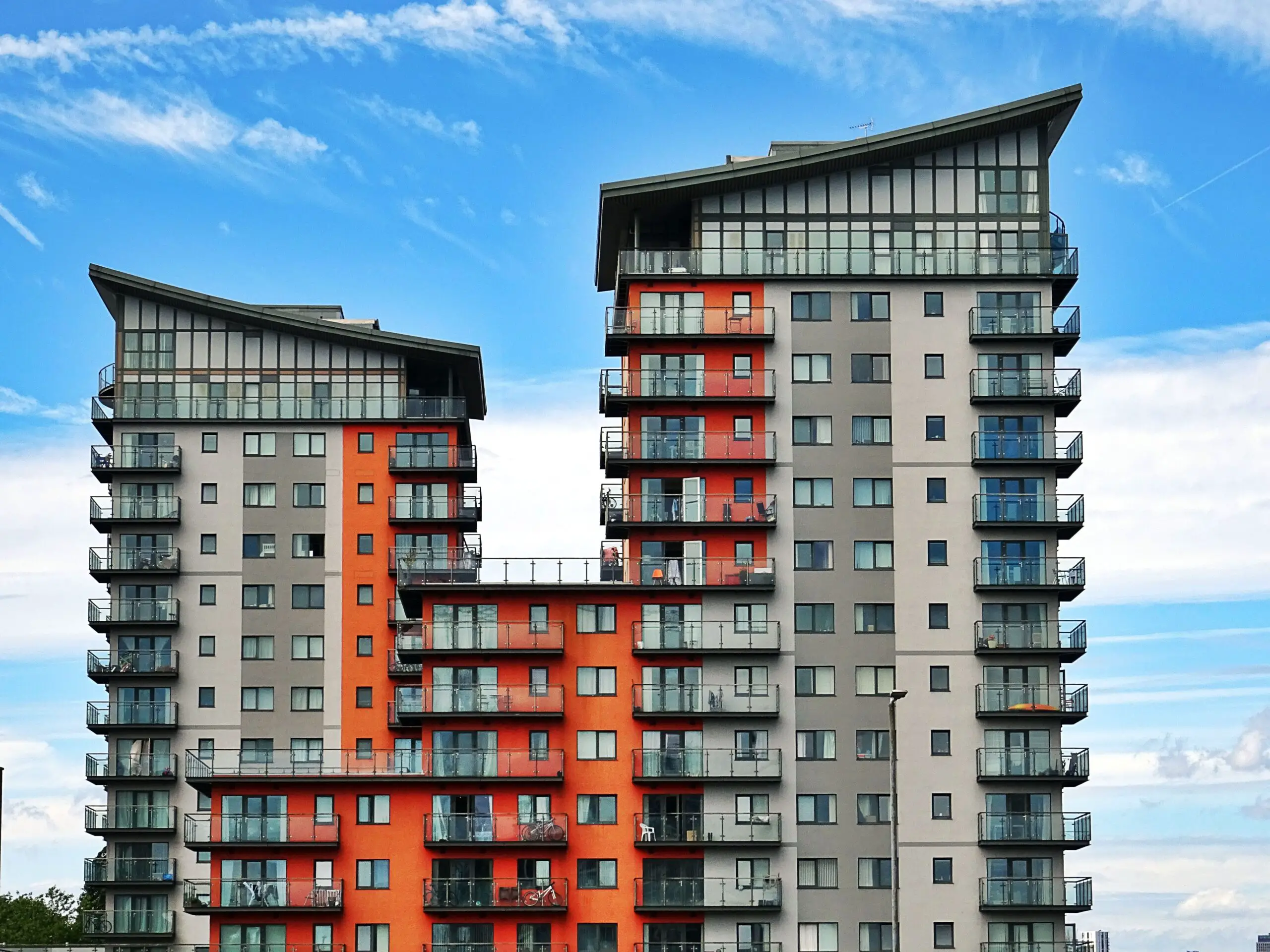
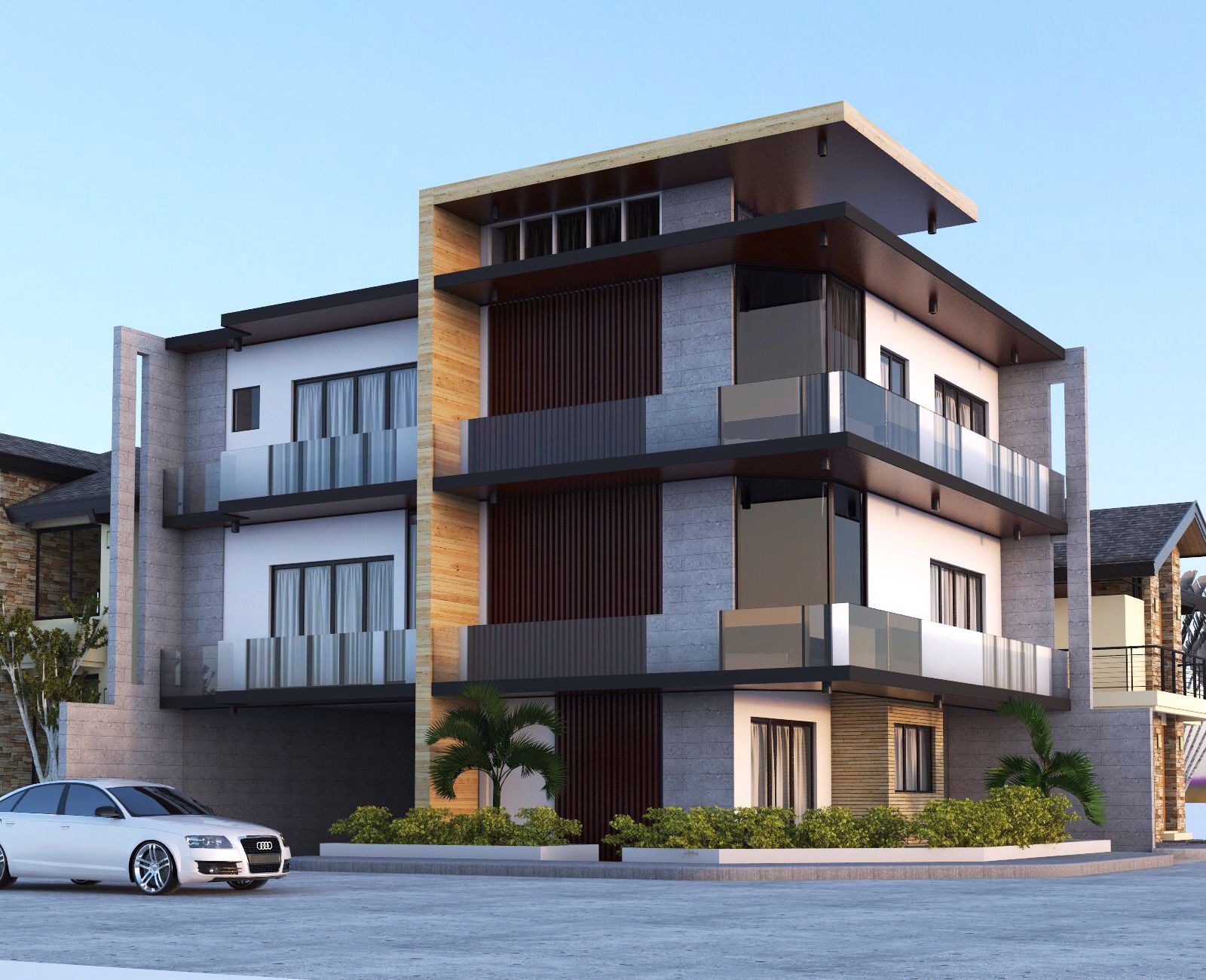
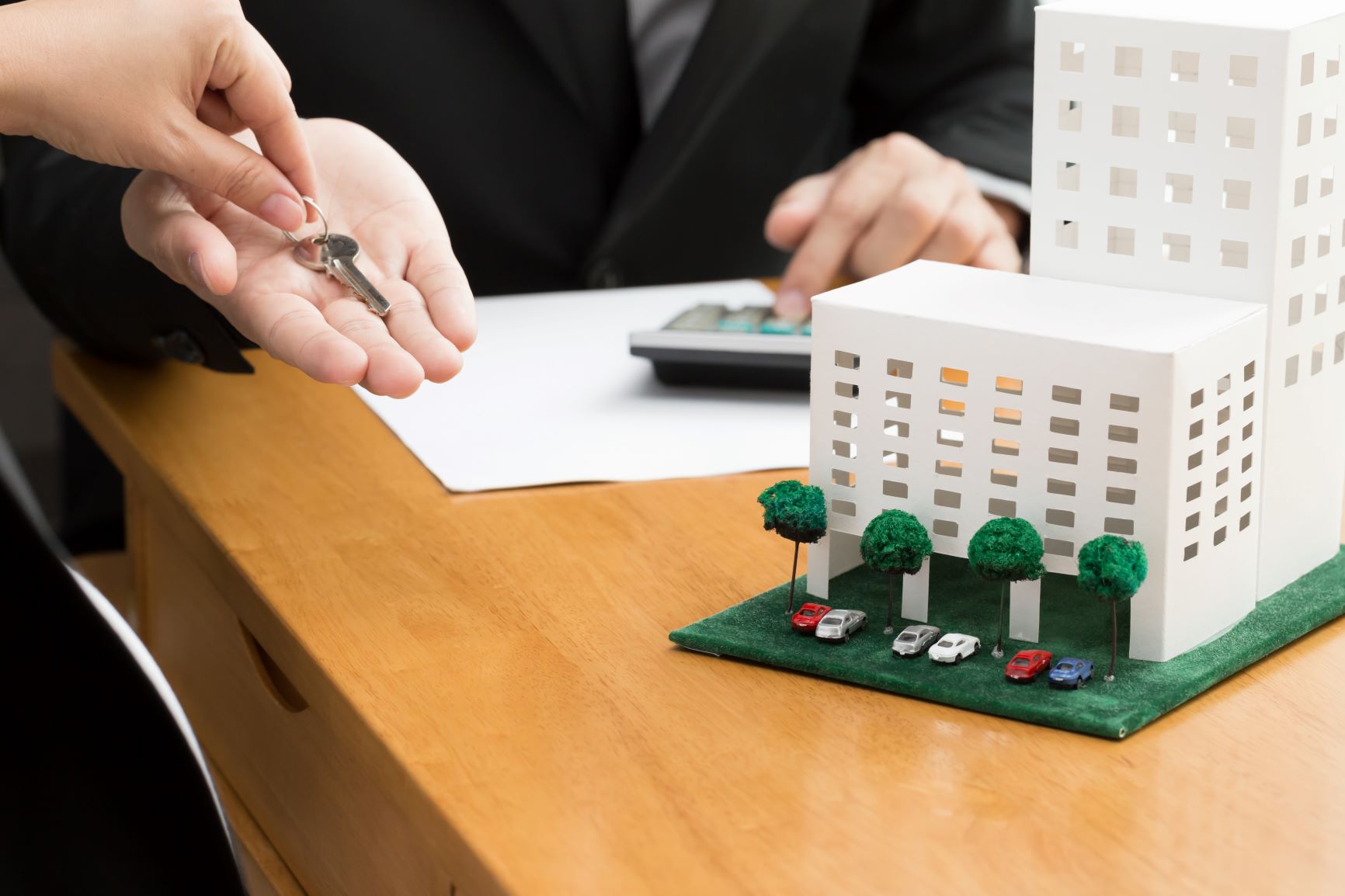

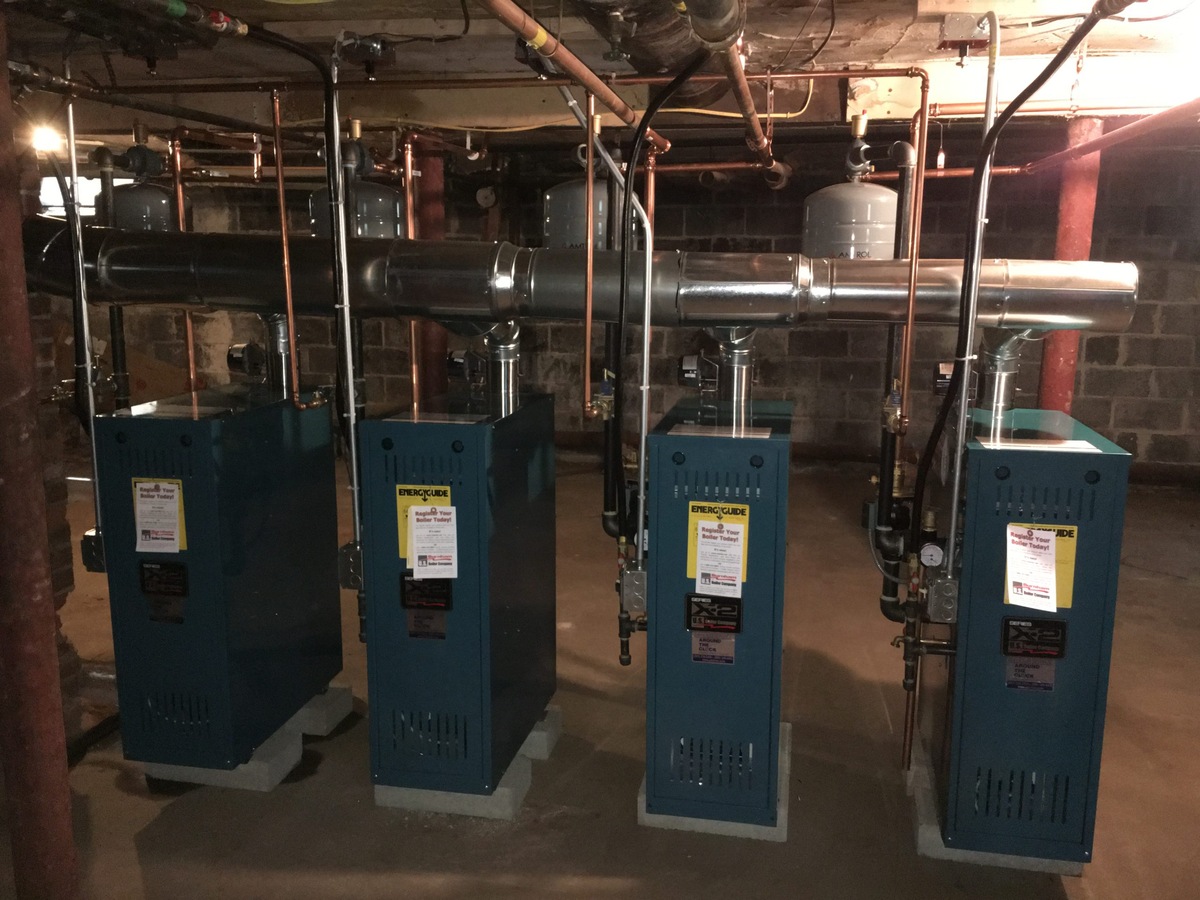
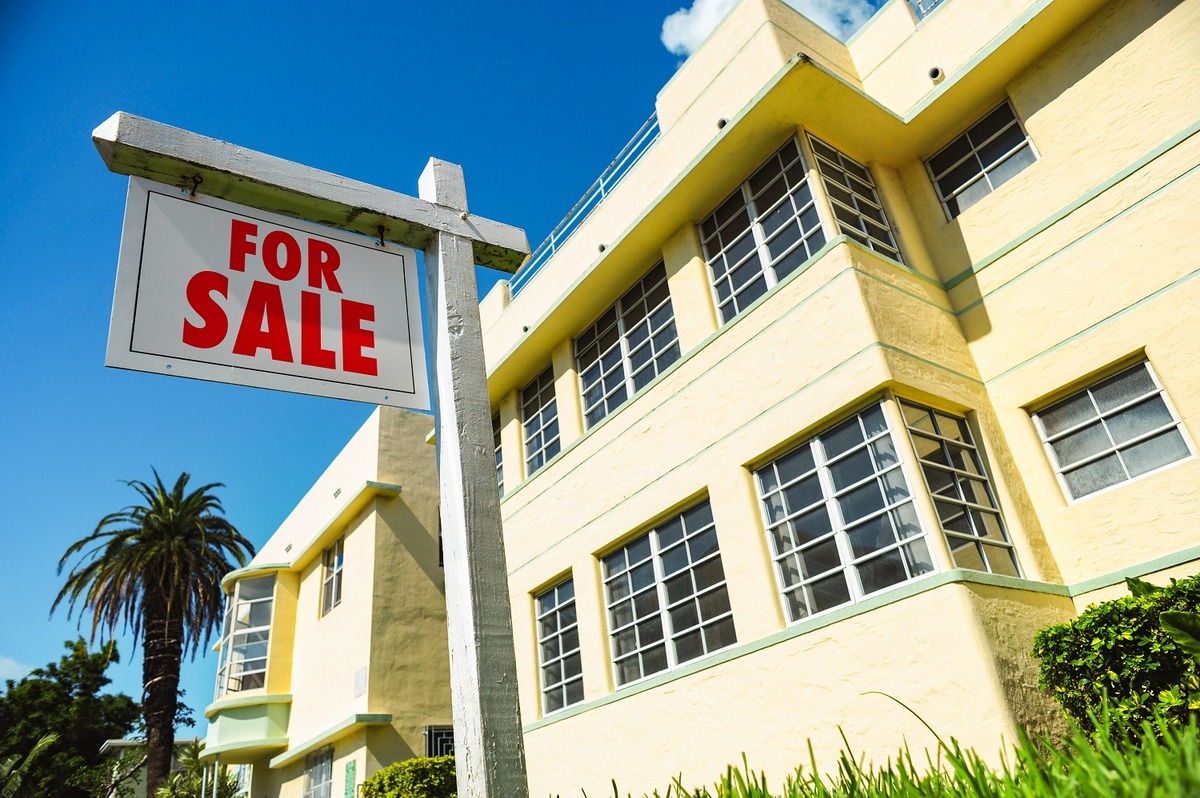
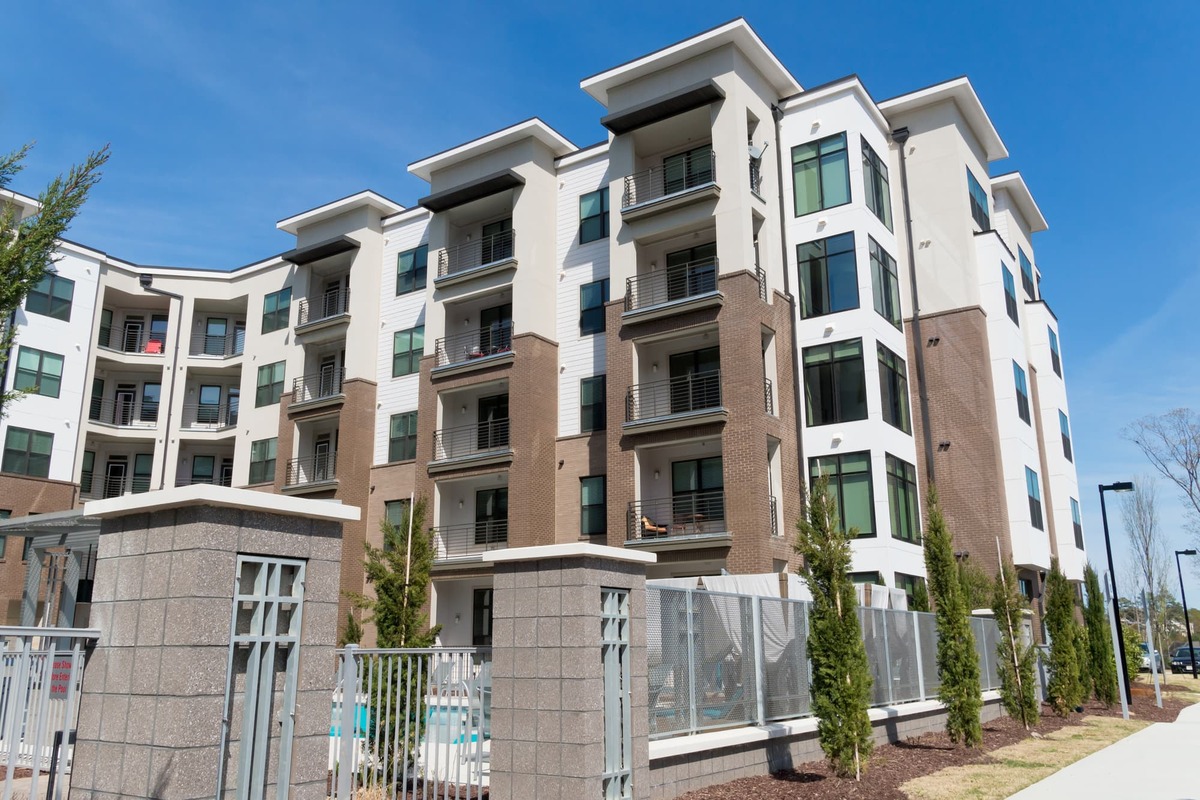

0 thoughts on “How To Value Apartment Building”